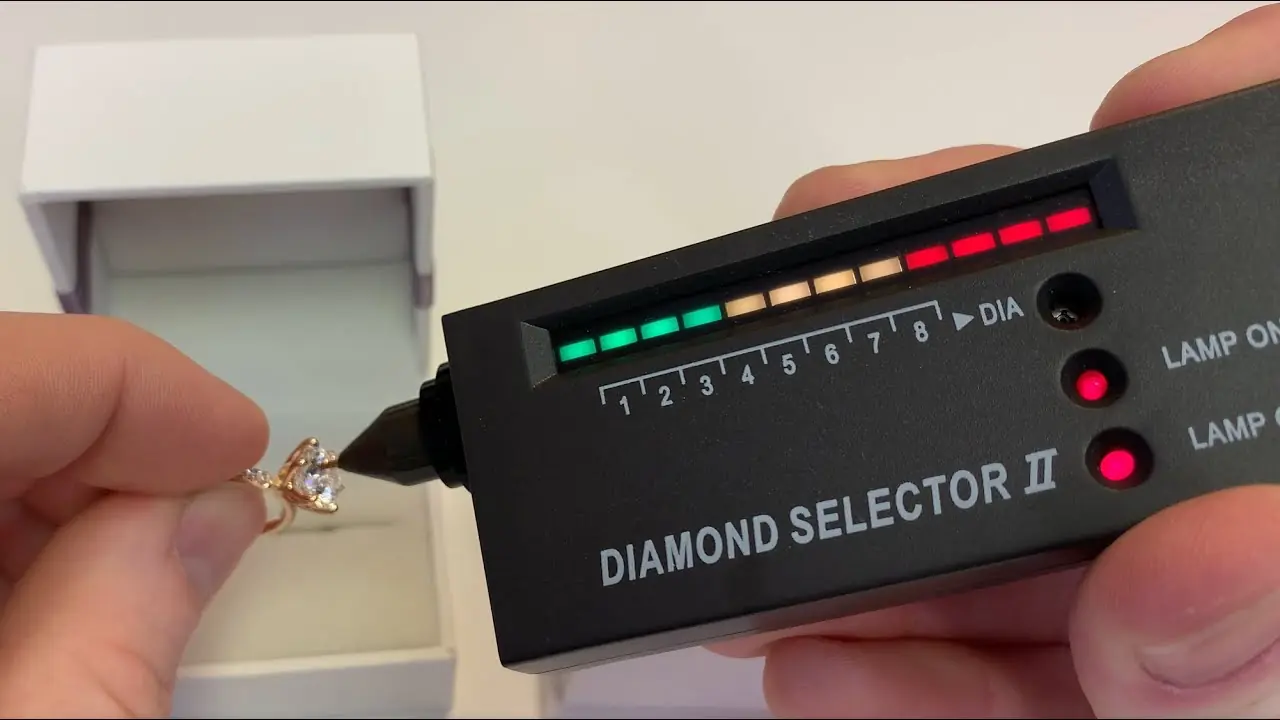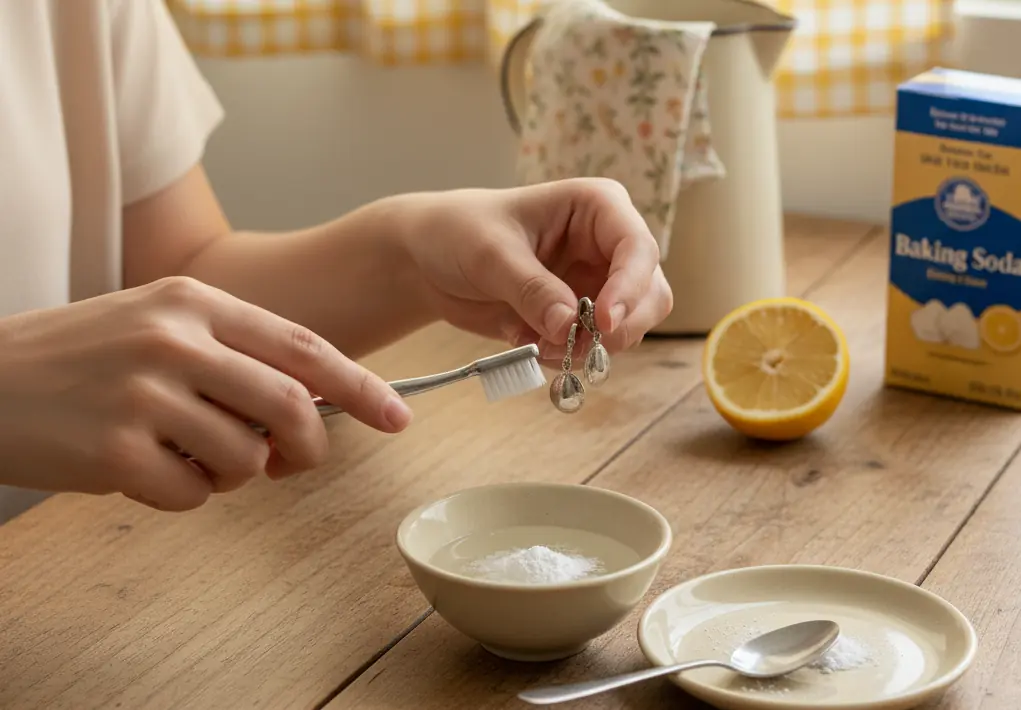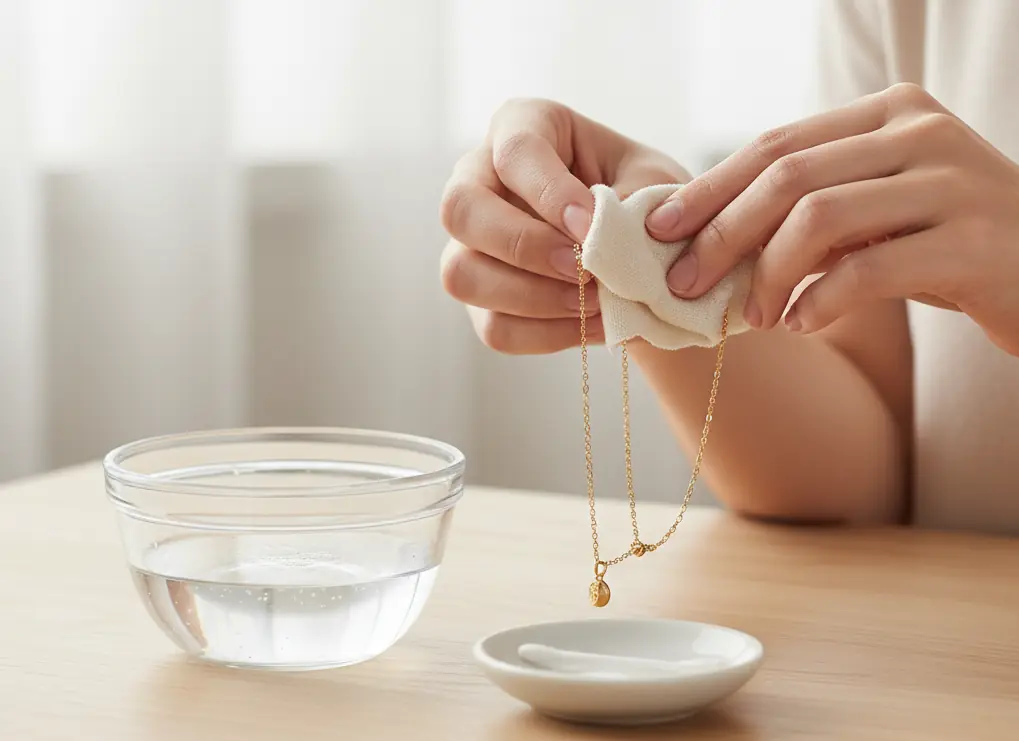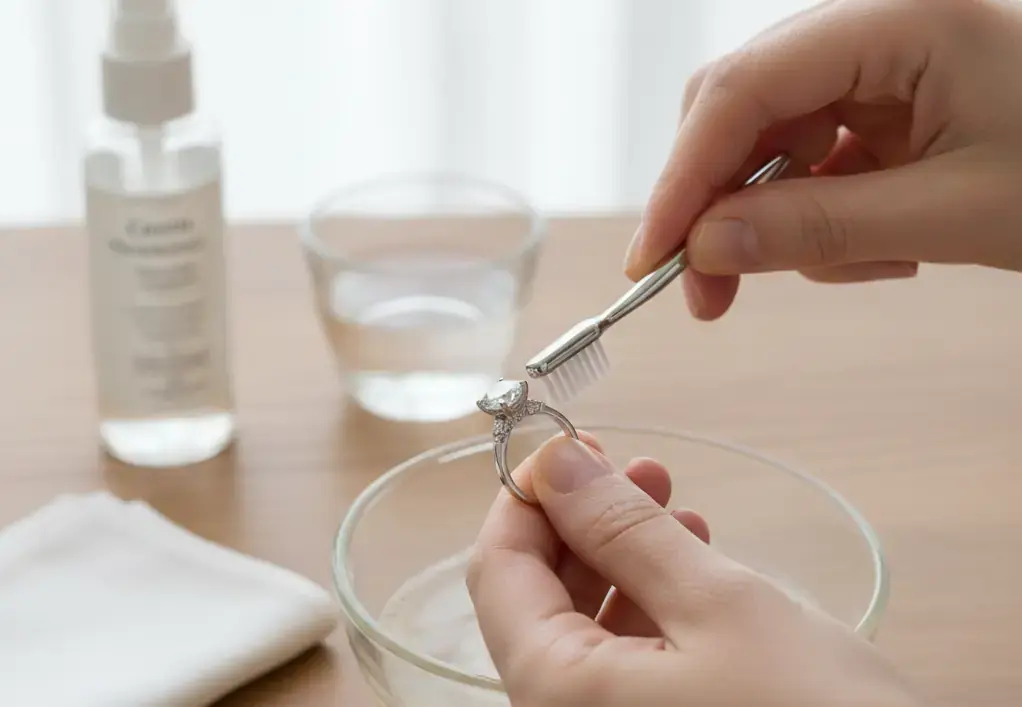The Essential Guide to Testing Diamonds with a Diamond Tester Pen
The allure of diamonds has captivated humanity for centuries, making them symbols of love, commitment, and luxury. However, in a market where authenticity is paramount, knowing how to verify a diamond's genuine nature is crucial. For consumers and retailers alike, a simple yet effective tool has become indispensable: the diamond testing pen. This article will delve into the intricacies of using a diamond testing pen, guiding you through the process of how to test a diamond and even touching upon identifying unique stones like black diamonds.
What is a Diamond Tester Pen and How Does It Work?
A diamond testing pen, often referred to as a diamond selector or thermal conductivity tester, is a handheld electronic device designed to distinguish genuine diamonds from imitations. Its operation is based on the unique thermal conductivity properties of a diamond. Diamonds are excellent conductors of heat, meaning they transfer heat very rapidly. Most diamond simulants, such as cubic zirconia or moissanite, are poor conductors of heat compared to genuine diamonds.
The Technology Behind the Test
Diamond tester pens typically feature a metallic probe at the tip. When this probe is placed on the surface of a gemstone, it measures the rate at which heat dissipates from the probe through the stone. A consistent and rapid heat transfer indicates a high probability that the stone is a diamond. Most pens are equipped with indicator lights and audible beeps to signal the results. A positive reading typically corresponds to a bright green light and a consistent beep, while a negative reading might show a red light and no beep, or a different sequence.
Step-by-Step Guide: How to Test a Diamond with a Pen
Using a diamond testing pen is a straightforward process, but precision is key. Follow these steps for accurate results:
- Preparation: Ensure the diamond is clean and free of any dirt or oils, as these can interfere with the test. Turn on the diamond tester pen and allow it to warm up. Most pens have a power indicator light to confirm it's ready.
- Calibrate (if applicable): Some advanced testers may require calibration. Refer to your pen's user manual for specific instructions.
- Conduct the Test: Gently touch the metallic probe of the tester to the surface of the gemstone. Apply slight pressure and move the probe slowly across the facet.
- Observe the Results: Pay close attention to the indicator lights and audible signals. A genuine diamond will typically cause the tester to indicate a positive result (e.g., a green light and a beep).
- Repeat the Test: For increased reliability, repeat the test on different facets of the stone. This helps ensure that any anomalies are not due to a localized imperfection or a specific angle.
Important Considerations for Accurate Testing
- Moissanite: It's important to note that some advanced testers can distinguish between diamonds and moissanite, which shares some thermal properties with diamonds. Moissanite also exhibits electrical conductivity, which some pens can detect. If your tester indicates a positive result for thermal conductivity but you suspect it might be moissanite, consider using a multimeter tester.
- Other Gemstones: A diamond tester pen is specifically designed to test for diamonds. It will not accurately identify other gemstones.
- Coated Diamonds: Diamonds with surface coatings or treatments might yield unreliable results.
- User Error: Ensure you are holding the tester correctly and making proper contact with the stone.
Understanding Different Types of Diamonds: Including Black Diamonds
While the primary function of a diamond tester pen is to verify authenticity, understanding diamond types can enrich your knowledge. The most common diamonds are colorless or have faint yellow or brown tints. However, the world of diamonds also includes fancy colored diamonds, such as the intriguing black diamond.
Black Diamonds: A Unique Gemstone
Black diamonds, also known as carbonados, are a fascinating variety of diamond. Unlike their colorless counterparts, they derive their color from the presence of numerous microscopic dark inclusions, primarily graphite or iron sulfides. These inclusions are so dense that they absorb light, giving the diamond its opaque black appearance.
Testing Black Diamonds
When it comes to how to test a diamond that is black, the same principles of using a diamond testing pen apply. The thermal conductivity of a black diamond is still that of a diamond, even with its inclusions. However, the high concentration of inclusions can sometimes absorb heat slightly differently, potentially leading to a less emphatic positive reading on some basic testers compared to a colorless diamond. More sophisticated testers are generally better at identifying them. It's also worth noting that some black diamonds on the market may be treated or enhanced, so understanding the source and having them professionally appraised is always a good practice.
When to Seek Professional Appraisal
While a diamond testing pen is an excellent tool for initial verification, it is not a substitute for professional gemological appraisal. For valuable diamonds, important investments, or when purchasing significant pieces, it is always advisable to have them examined by a certified gemologist. They can provide a comprehensive report detailing the diamond's 4Cs (carat, cut, color, clarity), origin, and any treatments it may have undergone, offering a definitive confirmation of authenticity and value.
Conclusion: Empowering Your Diamond Knowledge
Mastering the use of a diamond testing pen is a valuable skill for anyone involved with diamonds. By understanding how to test a diamond accurately, you can gain confidence in your purchases and identify genuine treasures. Whether you're a seasoned professional or a curious consumer, this simple tool empowers you to unlock the secrets of diamond authenticity, even when exploring the unique beauty of stones like the black diamond.



